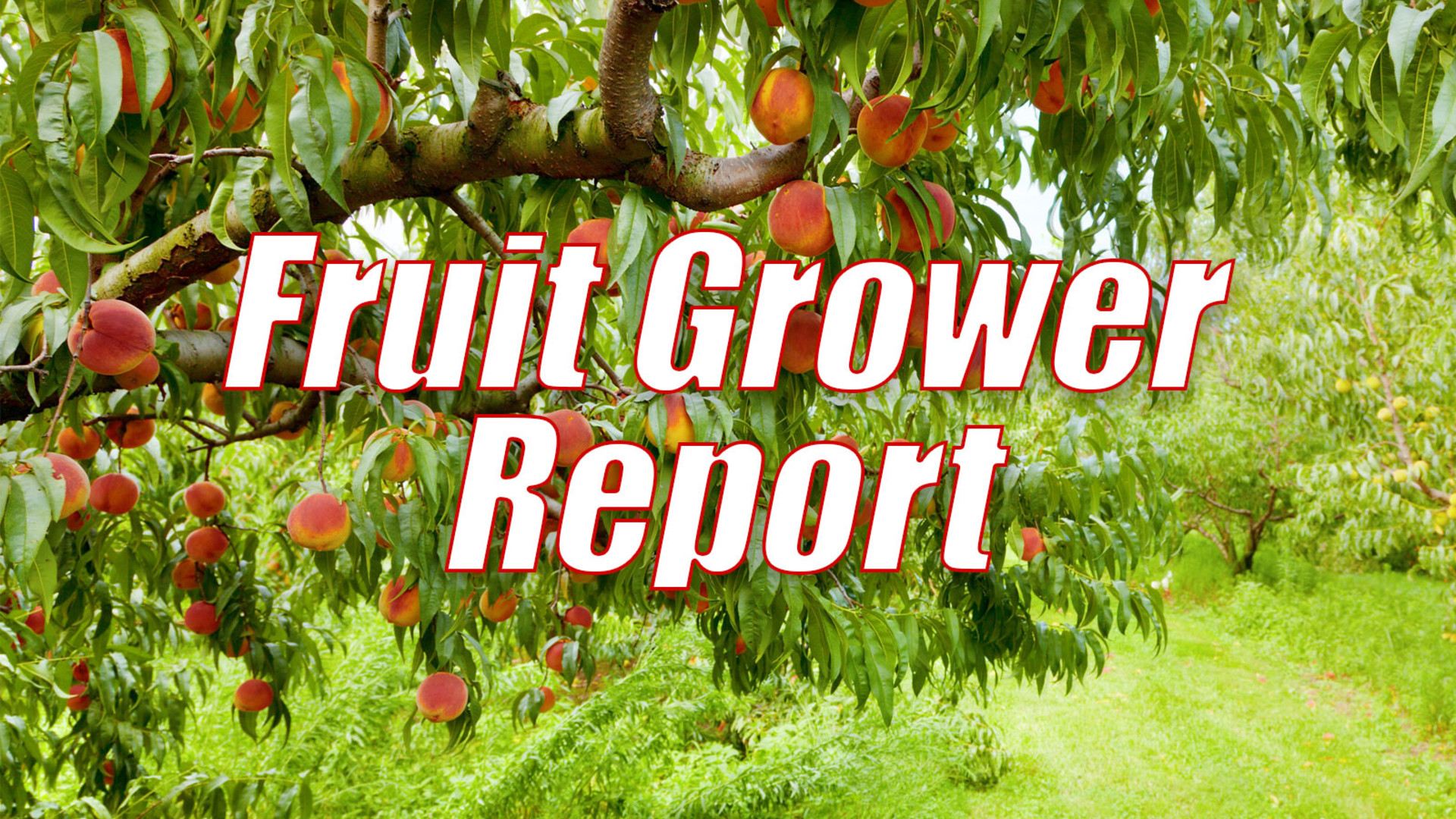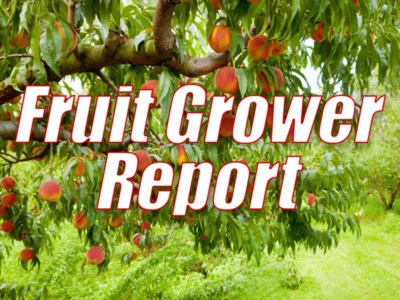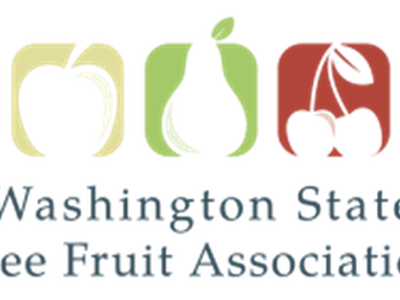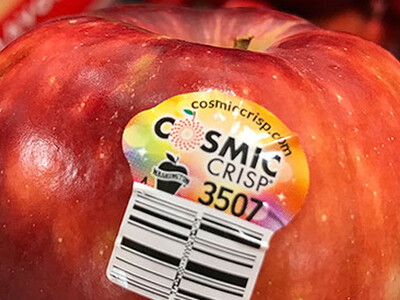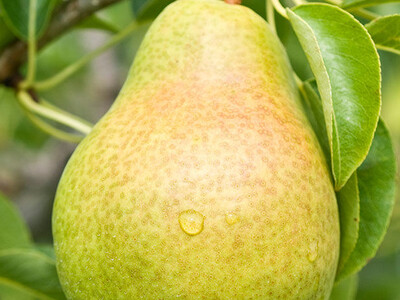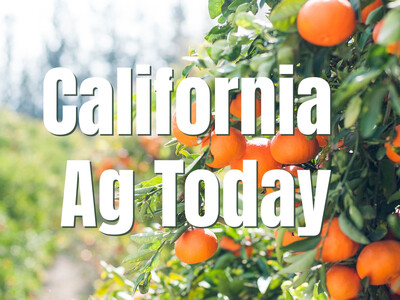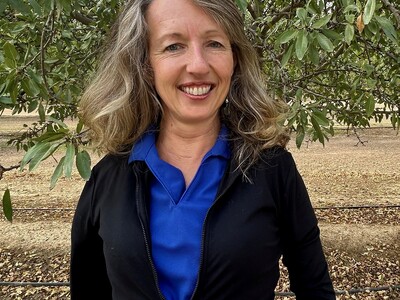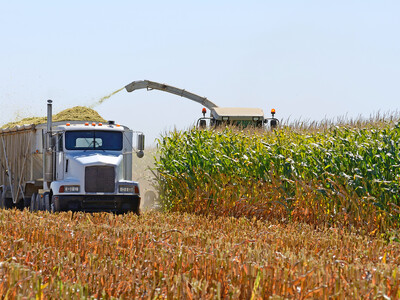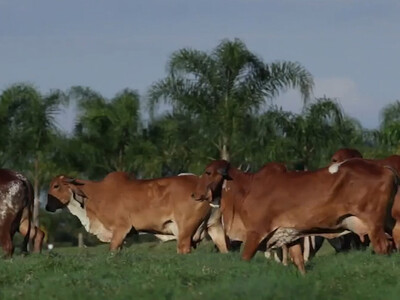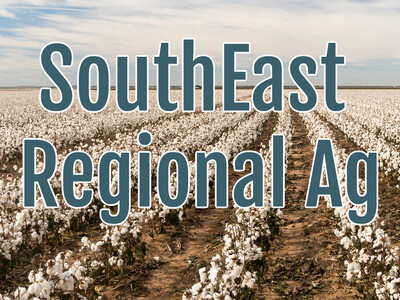Automation Part 3
Automation, Part 3. I'm Greg Martin with today's Fruit Grower Report.The cherry industry needs to grow, not only in the amount of cherries that are grown each year but in how that fruit is picked and packed. Tim Sambado with Prima Frutta from Linden, CA discusses challenges.
SAMBADO: The other challenge we have is all the new varieties. Fifteen years ago was primarily the Bing variety. Today we have over 8 varieties that are significant that are significant in California and we probably pack up to 20 different varieties in total. Pacific Northwest is the same situation a lot of new varieties and these new varieties are all differently shaped, they have different types of strengths and weaknesses
He says the new technology of optical sizing and defect sorting will help manage all these varieties.
SAMBADO: The advantages are more accurate and multiple size breaks, color separation, defect sorting, improved fruit handling. On sizing with only one year of data, very limited, if your marketing specification was 5% we feel the technology will allow you to limit your ups in that box to 10 to 15%.
He says the system is not perfect but it does allow you to have an unlimited number of sizes.
SAMBADO: And I think this is a very valuable asset to have. Often if you're sizing a lot will change - get a little bigger. And you say yeah I'd love to grab some 9-row fruit out of that or 9 1/2 fruit out of that but it's difficult to do quickly. With this technology you'd be able to grab that 5% and stay within size tolerance.
That's today's Fruit Grower Report. I'm Greg Martin on the Ag Information Network.


